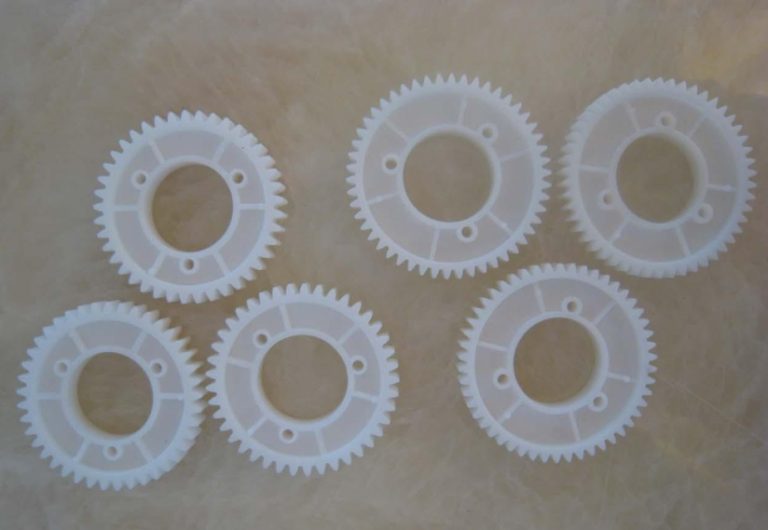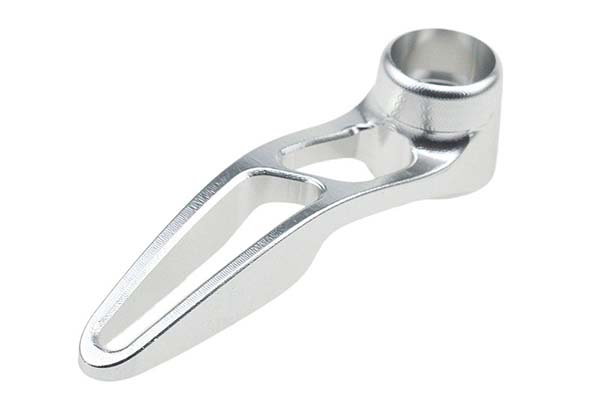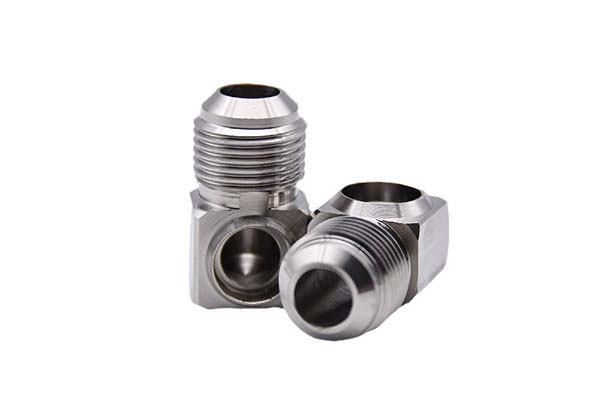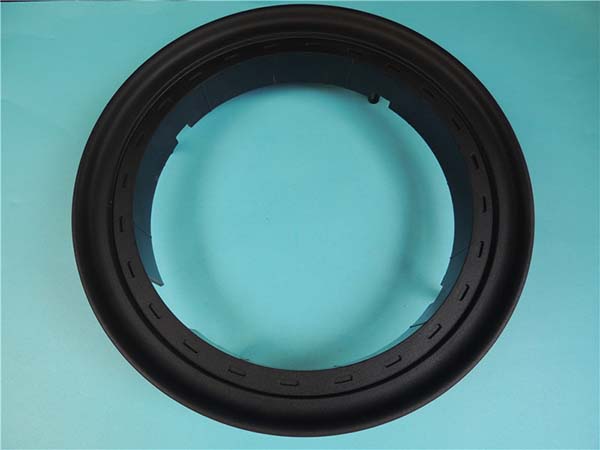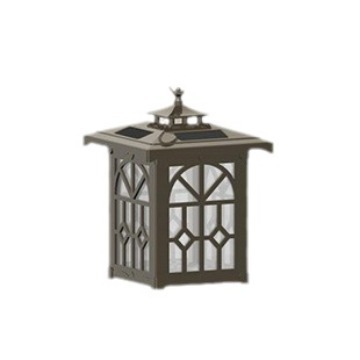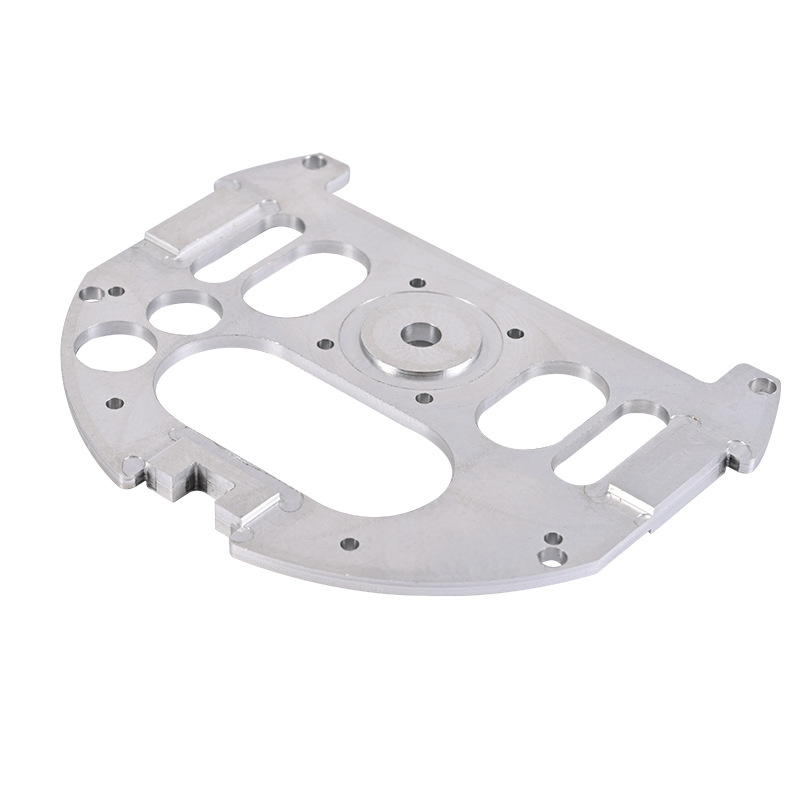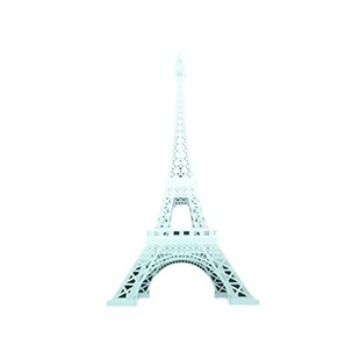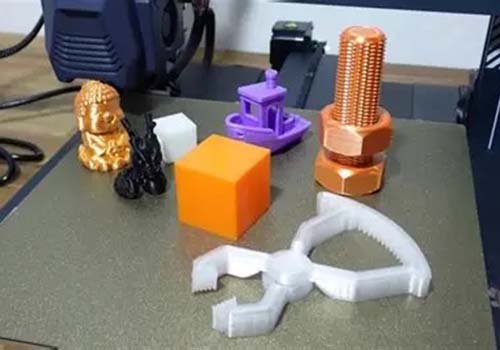What is Rapid 3D Printing?
Rapid 3D printing, also known as additive manufacturing, is a revolutionary technology that has transformed the manufacturing landscape. It involves creating three - dimensional objects from a digital file by adding layer upon layer of material, as opposed to traditional subtractive manufacturing methods that remove material from a larger block.
The process begins with a 3D model designed using computer - aided design (CAD) software or obtained from a 3D scanner. This digital model is then sliced into thin cross - sections by specialized software. The 3D printer reads these slices and deposits the chosen material, which can range from plastics like ABS and PLA, to metals such as titanium and aluminum, and even ceramics and composites, layer by layer until the final object is formed.
For instance, in the aerospace industry, rapid 3D printing allows for the production of complex engine components. These components often have intricate internal structures that would be extremely difficult and costly to manufacture using traditional methods. With 3D printing, these parts can be created in a fraction of the time, reducing both development and production cycles. Another example is in the medical field, where custom - made prosthetics can be rapidly produced to fit the exact needs of patients. By scanning the patient's body, a 3D model is created, and then a prosthetic is printed, ensuring a perfect fit and potentially saving lives.
The Working Principle in Detail
Layer - by - Layer Construction
At the core of rapid 3D printing is the layer - by - layer construction process. As shown in the following diagram, imagine building a house brick by brick, but in a three - dimensional space. Each layer is a cross - section of the final object. The thickness of these layers can vary depending on the printer and the desired level of detail. For example, in some high - precision 3D printers used in jewelry making, the layer thickness can be as thin as 0.01 mm. This allows for the creation of intricate and delicate designs.
[Here you can insert a simple diagram showing a 3D object being built layer by layer, with each layer clearly distinguishable]
The printer deposits the material in a precise pattern according to the digital instructions. If it's a fused deposition modeling (FDM) printer, which is one of the most common types, it melts a plastic filament and extrudes it through a nozzle. The nozzle moves in the X and Y directions on a flat bed, creating the shape of the layer. Once a layer is complete, the build platform moves down (or the nozzle moves up), and the next layer is printed on top of the previous one. This process continues until the entire 3D object is formed.
Role of Digital Models
Digital models are the blueprints of 3D - printed objects. They are created using CAD software or obtained from 3D scanning. A CAD model is a virtual representation of the object, where designers can precisely define every dimension, curve, and feature. For instance, when designing a custom - made mechanical part, an engineer can use CAD software to specify the exact tolerances, internal channels, and surface finishes.
The digital model is then sliced into multiple layers by slicing software. This software takes the 3D model and divides it into a series of 2D cross - sections. It also generates the G - code, which is a set of instructions that the 3D printer can understand. The G - code tells the printer how to move the nozzle, what temperature to set the extruder (in the case of FDM printers), and how fast to deposit the material. Without a detailed and accurate digital model, the 3D printer would not know what to build, and the final product would not meet the desired specifications.
Key Technologies in Rapid 3D Printing
Fused Deposition Modeling (FDM)
Fused Deposition Modeling (FDM) is one of the most widely used 3D - printing technologies, especially for desktop 3D printers. In the FDM process, a spool of thermoplastic filament, such as ABS (Acrylonitrile Butadiene Styrene) or PLA (Polylactic Acid), is fed into an extruder. The extruder heats the filament to its melting point and then extrudes it through a nozzle. The nozzle moves in the X and Y directions according to the digital model instructions, depositing the melted material layer by layer on a build platform. As the material cools, it solidifies, bonding to the previous layer.
Advantages:
- Low - cost: FDM printers are relatively affordable, and the materials are also inexpensive. For example, a basic FDM desktop 3D printer can cost as low as a few hundred dollars, and a roll of PLA filament may cost around $20.
- Material variety: It supports a wide range of materials, including ABS, PLA, PETG (Polyethylene Terephthalate Glycol), and TPU (Thermoplastic Polyurethane). Each material has its own properties, such as PLA being biodegradable and good for prototypes, while ABS has better heat resistance and is suitable for functional parts.
- Easy to use: FDM printers are user - friendly, making them popular among hobbyists, students, and small - scale manufacturers. There is no need for complex post - processing in many cases.
Stereolithography (SLA)
Stereolithography (SLA) is a high - precision 3D - printing technology. It uses a vat of liquid photopolymer resin and a UV light source. The process starts with a digital 3D model that is sliced into thin layers. A UV laser beam or a digital light processing (DLP) projector then traces the cross - section of each layer onto the surface of the liquid resin. When the UV light hits the resin, it causes a photochemical reaction, curing the resin and turning it into a solid plastic. After each layer is cured, the build platform is lowered slightly, and a new layer of resin is spread over the previously cured layer. This process continues until the entire 3D object is formed.
Advantages:
- High precision: SLA can achieve very fine layer resolutions, often as low as 0.025 - 0.1 mm. This makes it ideal for creating highly detailed models, such as jewelry prototypes, dental models, and small mechanical parts with intricate features.
- Smooth surface finish: The cured resin layers bond well together, resulting in a smooth surface finish with minimal visible layer lines. This reduces the need for extensive post - processing in many cases.
Selective Laser Sintering (SLS)
Selective Laser Sintering (SLS) is another important 3D - printing technology, especially for creating functional and durable parts. In the SLS process, a powder bed of material, such as plastic powder, metal powder, or ceramic powder, is spread evenly across a build platform. A high - power laser beam then scans the surface of the powder bed according to the cross - sectional pattern of the 3D model. The laser heats the powder particles, causing them to sinter (fuse together) and form a solid layer. Once a layer is completed, the build platform is lowered, a new layer of powder is spread, and the laser - sintering process is repeated.
Advantages:
- Material versatility: SLS can work with a wide range of materials, including nylon, polycarbonate, metal alloys (such as titanium, aluminum), and even some ceramic materials. This makes it suitable for various applications, from aerospace components to consumer products.
- No support structures required: Since the unsintered powder supports the part during the printing process, there is no need to design and print additional support structures. This simplifies the printing process and reduces material waste.
- Good mechanical properties: SLS - printed parts often have excellent mechanical properties, such as high strength and durability, making them suitable for end - use applications.
Yigu Technology's View
As a non - standard plastic metal products custom supplier, Yigu Technology highly values rapid 3D printing. This technology allows us to bring complex and innovative designs to life. For example, in the past, creating non - standard plastic parts with intricate internal channels or unique geometric shapes was a challenge using traditional manufacturing methods. However, with rapid 3D printing, we can directly translate these complex digital designs into physical products.
Moreover, rapid 3D printing significantly improves the customization efficiency. We can quickly produce prototypes for clients to review and make adjustments, reducing the time spent on back - and - forth communication and sample production. It also enhances product quality as we have more precise control over the material deposition and the manufacturing process. In terms of cost, although the initial investment in 3D printing equipment can be high, in the long run, for small - batch and customized production, it reduces waste and overall production costs by eliminating the need for expensive molds.
FAQs
What types of materials can be used in rapid 3D printing?
Common materials for rapid 3D printing include plastics like ABS, PLA, PETG, and TPU. ABS has high strength and heat resistance, suitable for functional parts; PLA is biodegradable and great for prototypes; PETG offers good transparency and stability; TPU is elastic, ideal for items needing flexibility. Metals such as titanium, aluminum, and stainless - steel are used in applications demanding high strength, like aerospace and automotive industries. Ceramics, known for high - temperature resistance and wear - resistance, are applied in electronics and aerospace components. Additionally, there are composite materials combining the advantages of multiple materials, and even some special materials like food - grade materials for creating edible items in the food industry.
Is rapid 3D printing suitable for large - scale production?
Currently, rapid 3D printing has both advantages and limitations for large - scale production. On the plus side, it allows for mass customization, as each product can be easily customized without significant additional cost. It also reduces inventory costs since products can be printed on - demand. However, there are drawbacks. The printing speed is relatively slow compared to traditional mass - production methods, which can be a bottleneck for high - volume output. The cost of 3D printing equipment and materials, especially for high - performance materials, is often high, making large - scale production expensive. In the future, with the development of technology, improvements in speed and cost - effectiveness may make 3D printing more viable for large - scale production.
How accurate is rapid 3D printing?
The accuracy of rapid 3D printing depends on multiple factors. High - end 3D printers can achieve very high precision, with some SLA printers reaching accuracies of up to ±0.05 mm or even higher in certain cases. However, factors such as the printer's mechanical stability, the quality of the nozzle (in FDM printers), the type of material used (since different materials have different shrinkage rates), and the printing parameters (like layer thickness) can all affect accuracy. For applications like jewelry making or micro - mechanical parts production, high precision is crucial, and printers with fine layer resolutions are required. In contrast, for some large - scale prototypes or architectural models, a lower level of precision may be acceptable.
